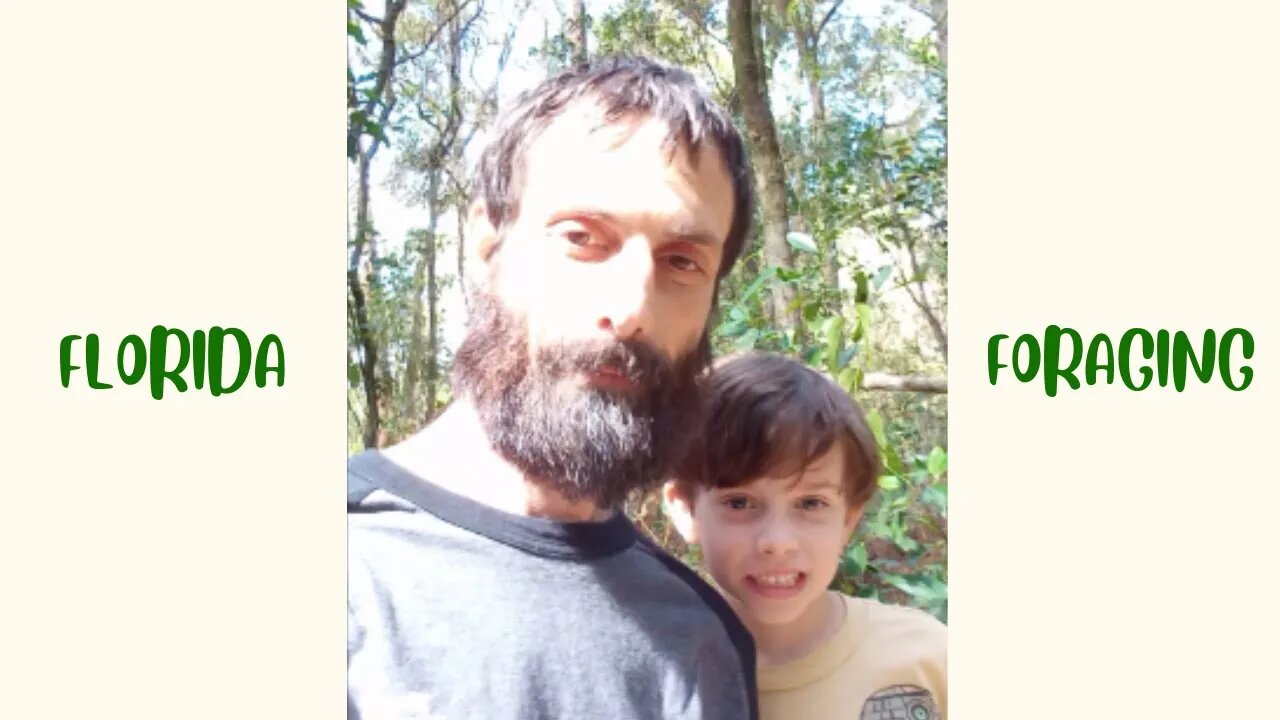Premium Only Content

Naturevore: FLORIDA FORAGING Walk #1 (Oct. 20): Greenbrier & HUGE STINKVINE!
Collin Gow, C.N.C. goes foraging for wild edibles in Florida with his son August. Together they find greenbrier/bullbrier leaves and fruits, usnea, grape leaves, caesarweed, beautyberry, stinkvine, Spanish moss, a yellow mystery mushroom, reindeer moss, winged sumac, blueberry bushes, an old mystery mushroom, pine cones, a pink mystery flower, acorns, ferns, gotu kola, dog fennel, peelbark St. John's wort, goldenrod, and West Indian chickweed. Identification, morphology, phenology, nutrition, biological actions, pharmacognosy, mycology, zoopharmacognosy, Native American, and ethnomedicinal uses are casually discussed.
Website:
collingowcnc.wixsite.com/collingowcnc
Disclaimer:
This video is for educational purposes only. The information herein is not an attempt to treat, diagnose, prevent, or cure any disease or condition. Talk to your doctor before making any changes. It is best to forage as far away from cities and industrial activity as possible due to some species accumulating pollutants (especially lichens and mushrooms). Always seek out a local expert to confirm the identity of a wild species before consuming it. Be especially careful to correctly identify mushrooms. It has been estimated that 79–83% of mushroom species are inedible/poisonous and 99.8–99.9% of fungi are inedible/poisonous. If eating any wild species, always start with only a very small amount to be safe. Collin and/or August are not responsible or liable for any harm that comes from eating any wild species.
-
 23:34
23:34
marcushouse
5 hours ago $4.48 earnedBREAKING: Starship Launch IMMINENT – But What’s This SURPRISE Flight 9 Plan?! 🚀🔥
18.5K3 -
 8:43
8:43
Film Threat
23 hours agoTHE MONKEY | Film Threat Reviews
35.6K2 -
 15:55
15:55
TSPLY
1 day agoThe Media Is Very Afraid Of FBI Director Kash Patel
23.2K24 -
 6:57
6:57
Cooking with Gruel
18 hours agoMake Cheese Great Again
19.7K11 -
 5:17
5:17
Mrgunsngear
22 hours ago $5.20 earnedPresident Trump Has Appointed A New ATF Director
27.5K24 -
 48:17
48:17
Athlete & Artist Show
8 days ago $0.48 earnedS5E1: Chucky Announces First Kid, 4 Nations Face Off, and more!
14.6K -
 38:30
38:30
hickok45
7 hours agoSunday Shoot-a-Round # 269
41.3K12 -
 1:39:55
1:39:55
Squaring The Circle, A Randall Carlson Podcast
1 day ago#040 Humanity's Expansion Into The Cosmos: A New Age - Squaring The Circle
23.7K4 -
 12:54
12:54
ariellescarcella
16 hours agoYou're NOT Queer, Just Annoying And Boring
15.7K12 -
 18:57
18:57
Fit'n Fire
13 hours ago $1.13 earnedA PDW That Thumps -- Stribog SP45A3 45ACP
18.8K1